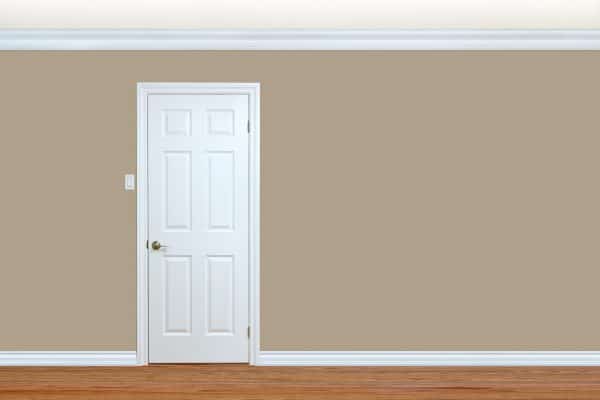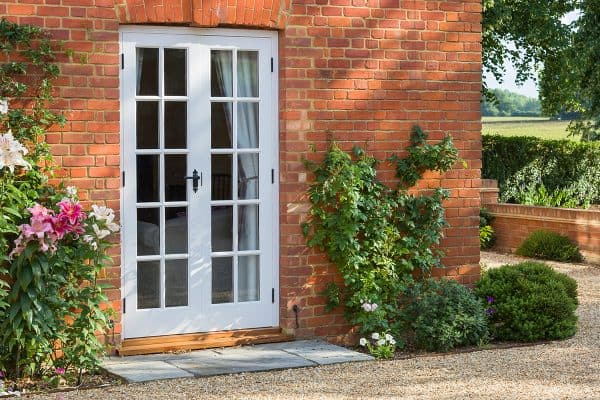Doorways are one of the most complicated parts to work on during flooring and baseboard installation. If you're building your home, you've probably wondered if your door's trim will look good if it goes all the way to the floor. We researched this, and we found the answers for you.
The door trim typically goes down to the floor. This is because the door trim is usually the last to be installed after the flooring and the baseboards. If you plan to install the door trim before the flooring, leave enough space to accommodate the flooring material you have.
Knowing about the proper installation of door trims will ensure that your rooms have perfect walls. In this post, we'll talk more about how you can troubleshoot some problems with door trims and floorings. We will also discuss other door trim tips, so keep reading and enjoy this post!
Does Door Trim Go All The Way To The Floor?
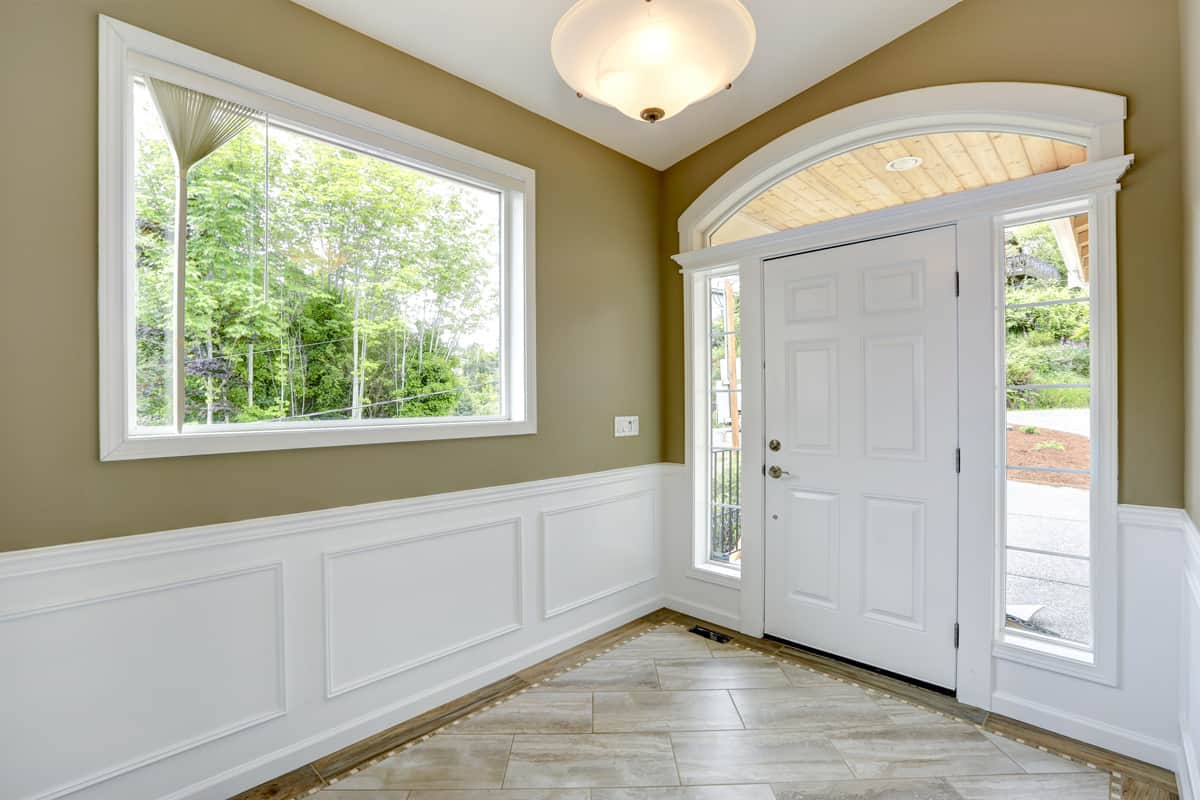
One of the many things you should consider during home construction is the trims, baseboards, and flooring. These three are some of the most important additions to any room in your house because it dictates how the room should look when finished.
Typically, the choice of baseboards and door trim shows off the room's design. Intricate baseboards and trim are popular in contemporary and traditional homes. For modern homes, most designers prefer to use sleek lines on the baseboard and the door trim.
If you want to renovate your rooms, there are a couple of details you should learn about. Door trims, sometimes known as door casings, are decorative additions around the door frame. Their main purpose is to hide the unsightly gaps that are left after the construction process.
During installation, the door trim usually goes down to the floor. This means that the ends of the door trim are typically flush against whatever flooring is installed. There shouldn't be gaps to prevent dirt from accumulating or pests from entering this space.
Should The Flooring Be Installed Before The Trim?
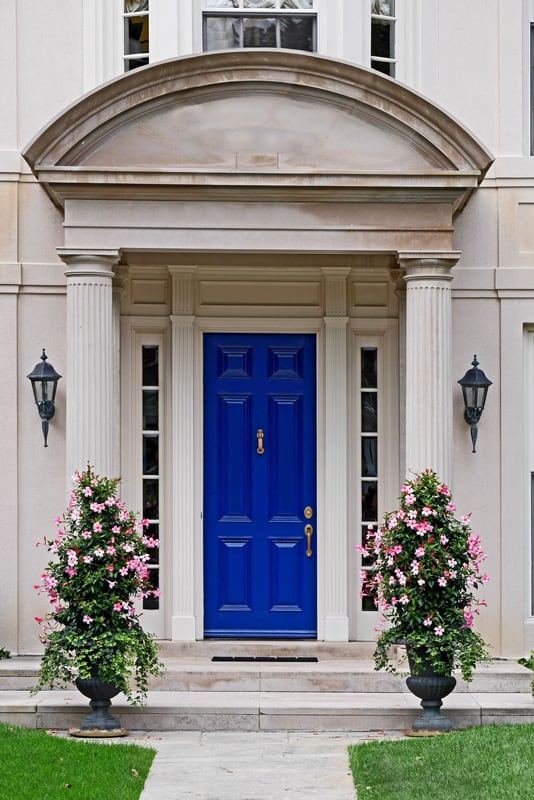
Typically, the baseboards are installed first before the flooring. However, this will depend on what kind of flooring you are getting.
If you are using hardwood and laminate floors in your home, the baseboard and the door trim can be installed first. Leave enough space for the flooring when you install the baseboard so that they will sit flush against each other when everything is finished.
However, the process is slightly different if you get carpet for your flooring. Since the carpet has pile, the edges are usually tucked under the baseboards to make them look neat. This is why professional carpet installations usually do all the flooring work before they install the baseboard and door trim.
How Do You Fill A Gap Between The Door Trim And Floor?
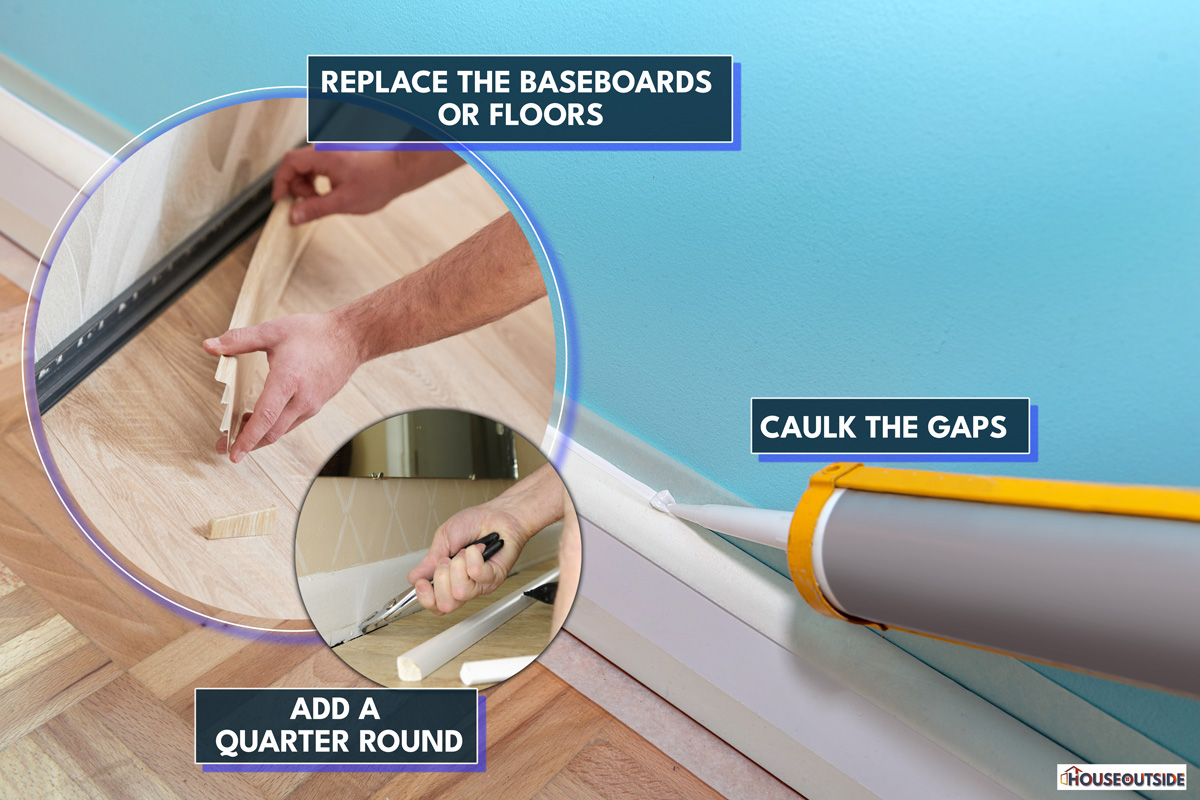
After installation, most professionals will check for gaps and errors that might have occured during installation. They will typically fix this for you before the project is completed.
However, if you "DIY" installed the door trim and baseboards, there are occasions where gaps appear between the flooring. Fortunately, there's a quick and easy fix for this issue.
Caulk the gaps

Check out this silicone caulk on Amazon.
If the gap between the floor and the trim is about an eighth of an inch or less, caulk is a great option to fill the gap. Most caulk available in the market is paintable, so they will easily match your baseboards without looking obvious.
Add a quarter round
Get this quarter round molding on Amazon.
The addition of quarter-round molding can cover up that space for gaps that are too wide to be filled with caulk. Of course, it will change how you envision your baseboards, but quarter-round molding can make your walls look elegant.
Replace the baseboards or floors
Sometimes, the issue is because of the material and might need a more drastic approach. There are times wherein baseboards, door trims, and the deterioration of materials cause flooring separation.
Some floor joists may rot because of excess moisture from the subfloor. When this happens, the material may shrink, causing them to pull away from the baseboard and trim. A gap will appear between them and a flooring replacement may be due soon.
Other times, it can be because of improperly installed baseboards or the wrong size of baseboards used. The best way to fix this is to simply dismantle the old baseboards and trim, and replace them with the appropriate kind.
Tips For Choosing A Door Trim
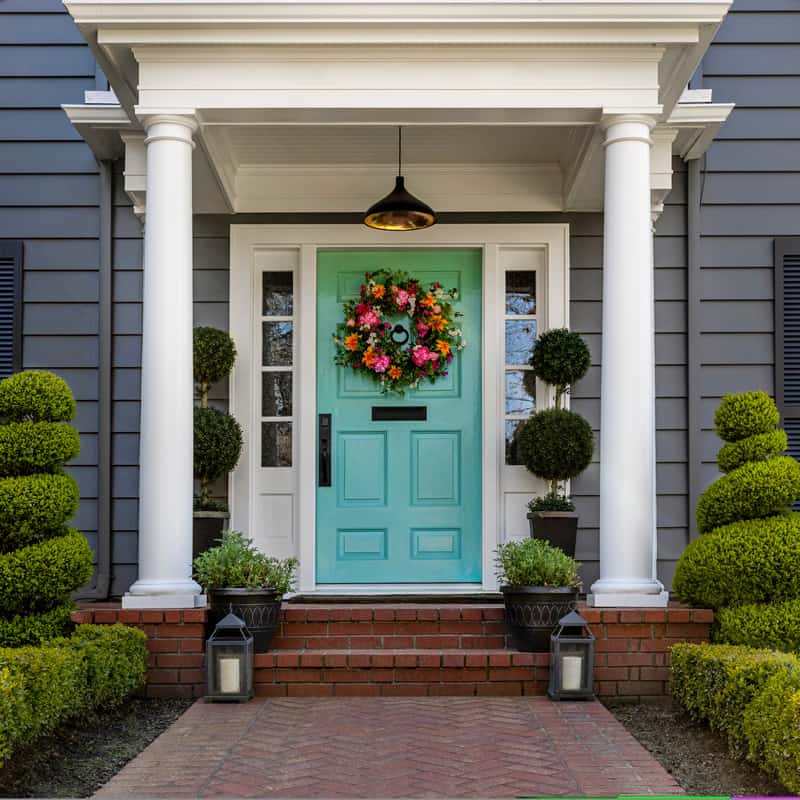
Just like baseboards, there are many different kinds of door trim that you can use in your home. Typically, these door trims will match the baseboard that you chose or will be complementary to it.
There are many different choices for door trim, so it can sometimes be quite difficult to just choose one. To make things simpler, here are some tips to help you choose the best door trim for your entryway.
Match the style of your home
When getting a door casing, it's always a good idea to match the current style of your home. This is particularly important if you are simply renovating part of the house. However, this is a lot easier to do if you are still in the building stages of your home.
When choosing a door trim, it's a good idea to find a style that matches or complements the existing or planned style of your home. Choose something based on the baseboard, molding, and even the window trim that you already have.
The right door trim for your home should seamlessly match or complement these styles. The way your doorway looks will tie together the entire look of the room or space that you are entering.
Consider the ceiling height and size
Design-wise, there is a correlation between the ceiling height and the size of door trim that you should choose. The higher the door, the bigger the size of the door trim. This will help make the trim look proportionate to the ceiling and it will look balanced against other elements in the space.
The standard size of most door trims you will find on the market is about 2 1/4-inches. This size is suitable for doors that are 8 to 9 feet tall. If your entryways and doors are taller than this, the door trim must be customized.
Make use of the right material
There are different materials that are used for different door trim. Typically, they will depend on where the trim will be placed, whether it is for the main door of the house, or if it will be installed for the doors of different rooms.
For doors that are exposed to moisture, like front doors, the best material is stain-grade casing. They are typically made from wood like oak, mahogany, and other types of hardwood. They can be stained with different shades and they are resistant to warping when exposed to water.
When looking for door trims inside the home, paint-grade and MDF casings are better. Paint-grade casings are usually made from pine and poplar, and they are easy to paint to match the interiors of the house. MDF casing looks similar, but it is made from sawdust and resin and it is less durable.
Final Thoughts
Whether building your room interiors from scratch or simply renovating, the door trim and the baseboards are important. They both beautify the space and enhance the design you've chosen for your room. Don't forget to make sure that they sit flush against your flooring to make it neat and clean.
Are you looking for relevant information about floors and trim in your home? We have some articles that might interest you:




